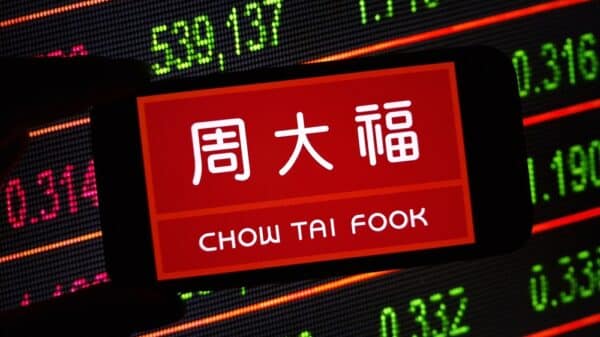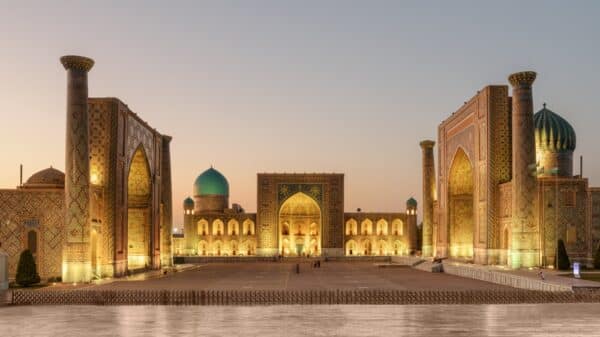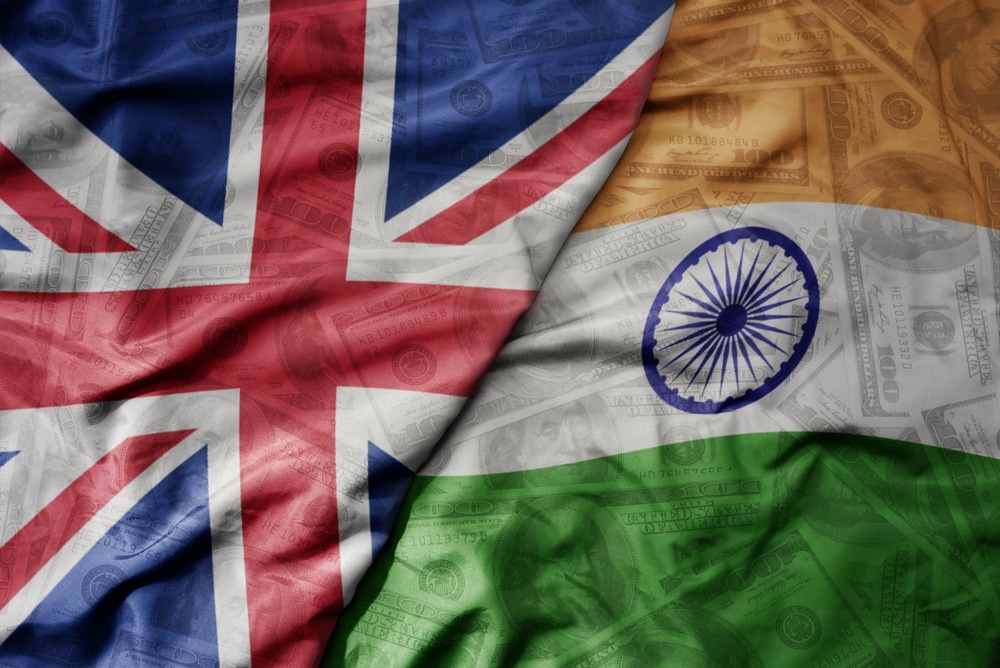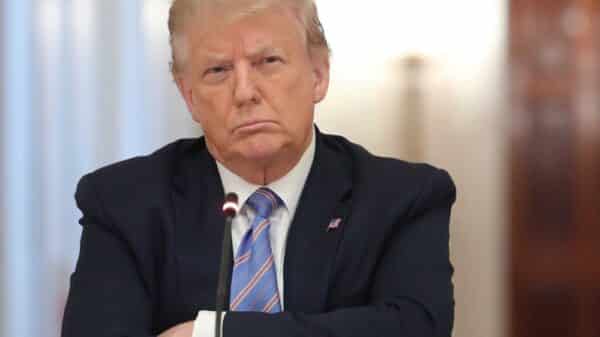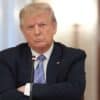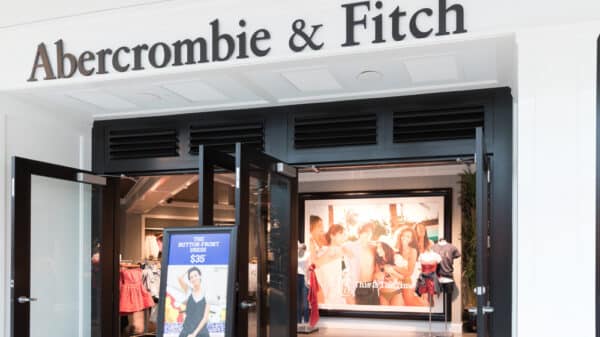On Tuesday, a major milestone was reached as India and the UK unveiled a long-anticipated free trade agreement. This landmark deal marks the UK’s most significant trade pact since Brexit, a development notably set against the backdrop of rising tariffs from former President Donald Trump in the U.S. The journey to this point has been anything but smooth—three years of conversations and negotiations have finally culminated in a commitment to bolster trade between two of the world’s largest economies.
The agreement is poised to turbocharge trade between the UK and India by an estimated £25.5 billion by the year 2040, a bold vision that speaks to the economic potential within both nations. With this pact, businesses from both countries can expect to see reduced trade barriers, fostering an environment that makes it easier to do business and reach consumers.
Indian Prime Minister Narendra Modi expressed optimism about the deal, stating it should “catalyse trade, investment, growth, job creation, and innovation in both our economies.” Simply put, this agreement isn’t just a collection of numbers; it holds the promise of real opportunities for people in both countries to thrive.
Among the key features of the deal are reduced tariffs on a wide array of goods, including cosmetics, whisky, and various advanced manufacturing components. For everyday consumers in the UK, this could translate to more affordable prices and a greater selection of products, particularly in areas like clothing and footwear, as tariffs on these items are liberalized.
This agreement also includes robust protections for intellectual property rights, particularly in the creative sector. These enhancements mean that Indian exporters can feel assured their work will remain protected for at least 60 years—a crucial step towards fostering creativity and innovation in both nations.
British Prime Minister Keir Starmer emphasized the importance of this deal, declaring, “We are now in a new era for trade and the economy.” He positions this agreement as a cornerstone of a broader strategy aimed at strengthening economic security at home, while simultaneously establishing stronger ties globally.
For decades, India has been seen as a challenging market for foreign businesses due to its protectionist policies. Yet, with a population exceeding 1.4 billion, it remains an enticing prospect for Western firms eager to tap into faster-growing markets. The recent talks between the UK and India kicked off in January 2022, under the administration of the Conservative government. With the exit from the EU disrupting familiar trade patterns, Britain has been eager to carve its niche in the global market through new partnerships.
It’s also worth noting that both nations are actively engaged in discussions with the United States to mitigate the repercussions of President Trump’s tariffs. While the U.S. aims to bolster its domestic manufacturing, the UK and India are moving swiftly to secure their own trade agreements. This evolving landscape underscores the urgent need for countries to collaborate and create pathways that benefit their respective economies.
Image Source: esfera / Shutterstock








